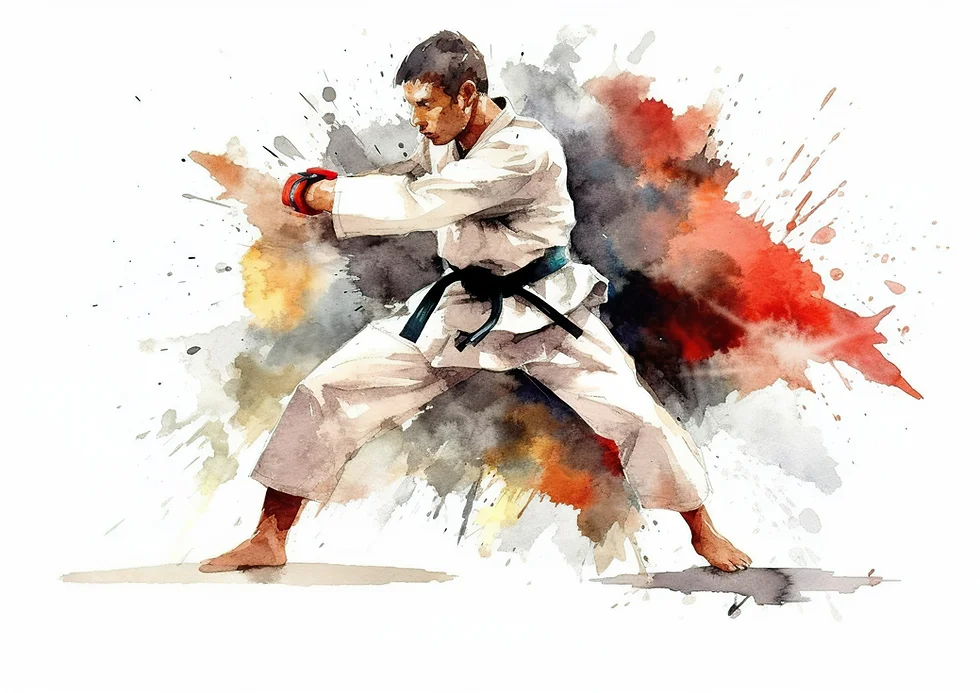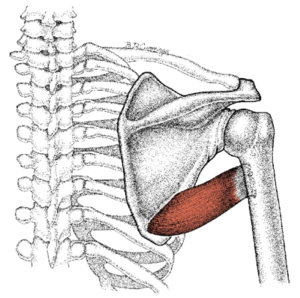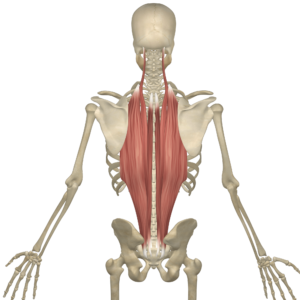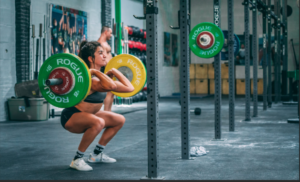Introduction
In an unpredictable world, knowing how to protect yourself is invaluable. Most people overestimate their martial arts ability, and I was one of those people. However, I quickly learned that like most people, I vastly overestimate my fighting ability, and that lead me to start my martial arts journey. Martial arts offer not only a means of self-defense but also a way to build confidence, improve physical fitness, and enhance mental resilience. But with so many martial arts to choose from, which ones are the best for self-defense? In this article, we’ll explore the best martial arts for self-defense, helping you make an informed decision on which discipline suits you best.
Why Self-Defense Matters
Self-defense is a critical skill set that can help you stay safe in dangerous situations. Beyond the physical techniques, self-defense training cultivates awareness, assertiveness, and the ability to remain calm under pressure. Whether you’re walking home late at night, facing an aggressive individual, or just want to feel more secure in your daily life, mastering a martial art can give you the tools you need to protect yourself and your loved ones.
Criteria for Effective Self-Defense Martial Arts
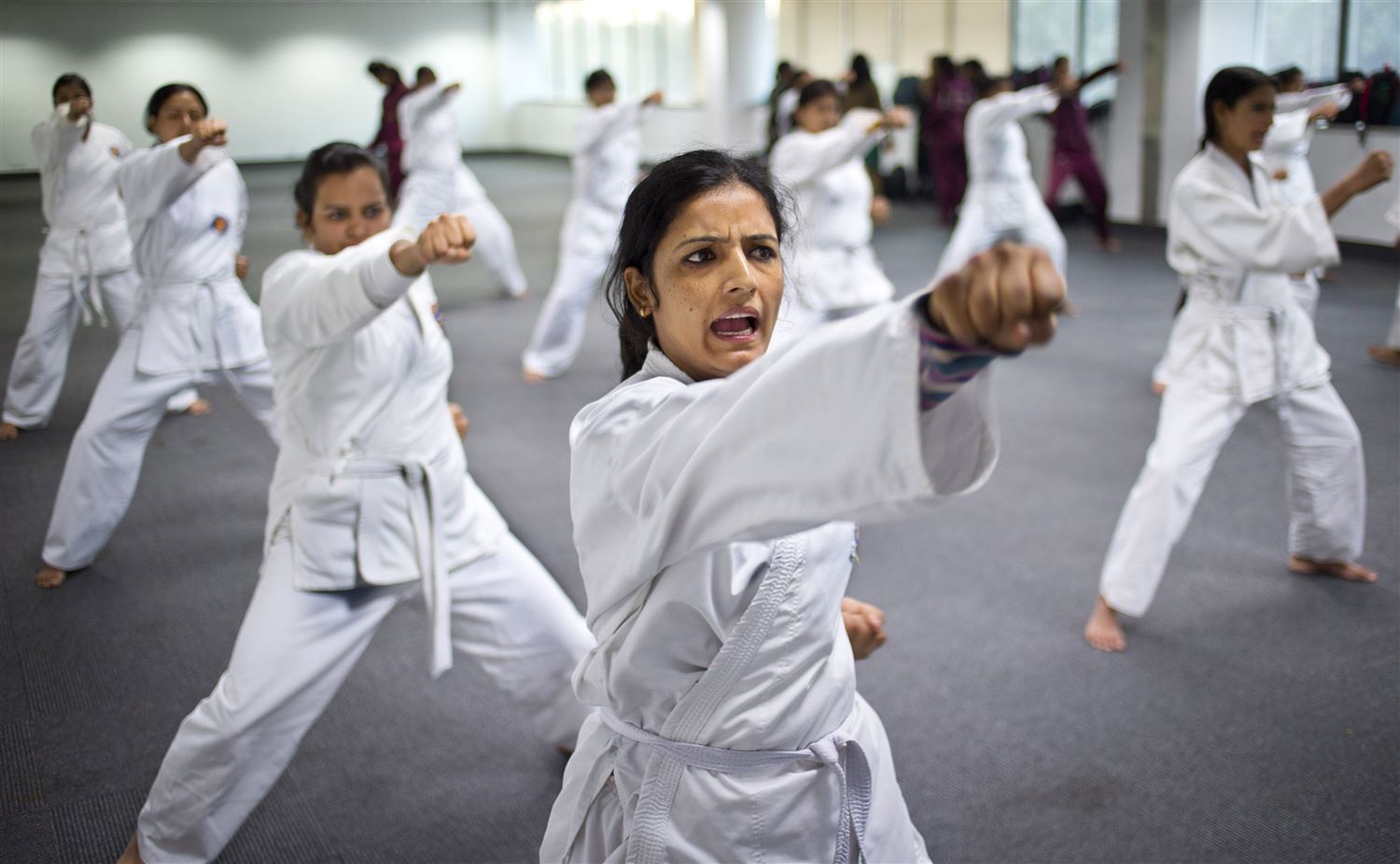
When evaluating martial arts for self-defense, several criteria come into play:
- Practicality in Real-World Situations: The techniques should be applicable in real-life scenarios, not just in a controlled environment. What use is being able to throw people if you can only do it like 1% of the time?
- Ease of Learning for Beginners: Some martial arts are more beginner-friendly, making it easier for novices to pick up essential skills quickly. Others require advanced knowledge of body coordination, technical skills, and positioning (looking at you Judo).
- Versatility and Adaptability: The ability to handle various types of threats and situations.
- Physical and Mental Benefits: Improvement in physical fitness and mental fortitude, contributing to overall well-being.
Top Martial Arts for Self-Defense
Let’s dive into some of the best martial arts for self-defense, examining their history, key techniques, pros, and cons.
Krav Maga

- Overview and History: Krav Maga was developed by the Israeli military to be practical and effective in real-world combat situations. It combines techniques from boxing, wrestling, Aikido, Judo, and Karate.
- Key Techniques and Effectiveness: Krav Maga focuses on neutralizing threats quickly through strikes, grappling, and disarming techniques. It emphasizes simultaneous defense and attack.
- Pros and Cons:
- Pros: Highly practical and effective; teaches situational awareness.
- Cons: Can be intense and physically demanding; less focus on sportsmanship or competition.
Brazilian Jiu-Jitsu (BJJ)

- Overview and History: BJJ was developed in Brazil in the early 20th century and focuses on ground fighting and submission holds. It gained popularity through mixed martial arts competitions.
- Key Techniques and Effectiveness: BJJ is effective against larger opponents by using leverage and technique. It teaches control and submission without relying on strikes.
- Pros and Cons:
- Pros: Great for one-on-one situations; effective for smaller individuals (can speak from personal experience).
- Cons: Less emphasis on striking; primarily ground-based.
Muay Thai
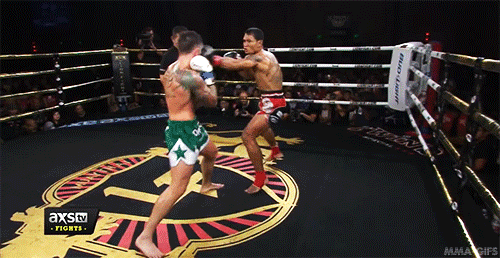
- Overview and History: Known as the “Art of Eight Limbs,” Muay Thai originates from Thailand and utilizes punches, kicks, elbows, and knees.
- Key Techniques and Effectiveness: Muay Thai is highly effective in close-quarters combat, with a focus on powerful strikes and clinch fighting.
- Pros and Cons:
- Pros: Extremely effective in striking; improves overall fitness and toughness.
- Cons: Requires conditioning and physical toughness; can be harsh on the body.
Boxing

- Overview and History: Boxing has been practiced for centuries and focuses on punches and footwork.
- Key Techniques and Effectiveness: Boxing enhances hand speed, coordination, and striking power. It’s excellent for developing quick reflexes and defensive skills.
- Pros and Cons:
- Pros: Highly effective for upper-body strikes; improves cardiovascular health.
- Cons: Limited to upper-body techniques; less focus on grappling or kicks.
Judo

- Overview and History: Judo was developed in Japan and focuses on throws, joint locks, and grappling. It’s an Olympic sport known for its emphasis on using an opponent’s force against them.
- Key Techniques and Effectiveness: Judo teaches effective throws and submissions, making it excellent for self-defense without striking.
- Pros and Cons:
- Pros: Effective in close combat; builds strength and balance.
- Cons: Less emphasis on striking techniques; primarily grappling.
Mixed Martial Arts (MMA)

- Overview and History: MMA combines techniques from various martial arts, including boxing, Muay Thai, Brazilian Jiu-Jitsu, and wrestling. It’s known for its comprehensive approach to combat.
- Key Techniques and Effectiveness: MMA practitioners are trained in both striking and grappling, making them versatile fighters.
- Pros and Cons:
- Pros: Comprehensive training; effective in multiple combat scenarios.
- Cons: Requires training in multiple disciplines; can be physically demanding.
Choosing the Right Martial Art for You

When choosing a martial art for self-defense, consider your personal goals and physical condition. Here are some tips to help you make the right choice:
- Assess Your Goals: Are you looking to improve your overall fitness, learn practical self-defense skills, or compete in sports? Your goals will influence which martial art is best for you.
- Evaluate Your Physical Condition: Some martial arts are more physically demanding than others. Consider your current fitness level and any physical limitations you may have. However, regardless of physical limitations, martial arts are very physically demanding, and will improve your body’s conditioning and athleticism.
- Try Different Classes: Many martial arts schools offer trial classes. Take advantage of these to see which style resonates with you.
- Find a Reputable Instructor: A skilled and experienced instructor can make a significant difference in your training experience and progress. Look for schools with qualified instructors and positive reviews.
Additional Tips for Self-Defense Training
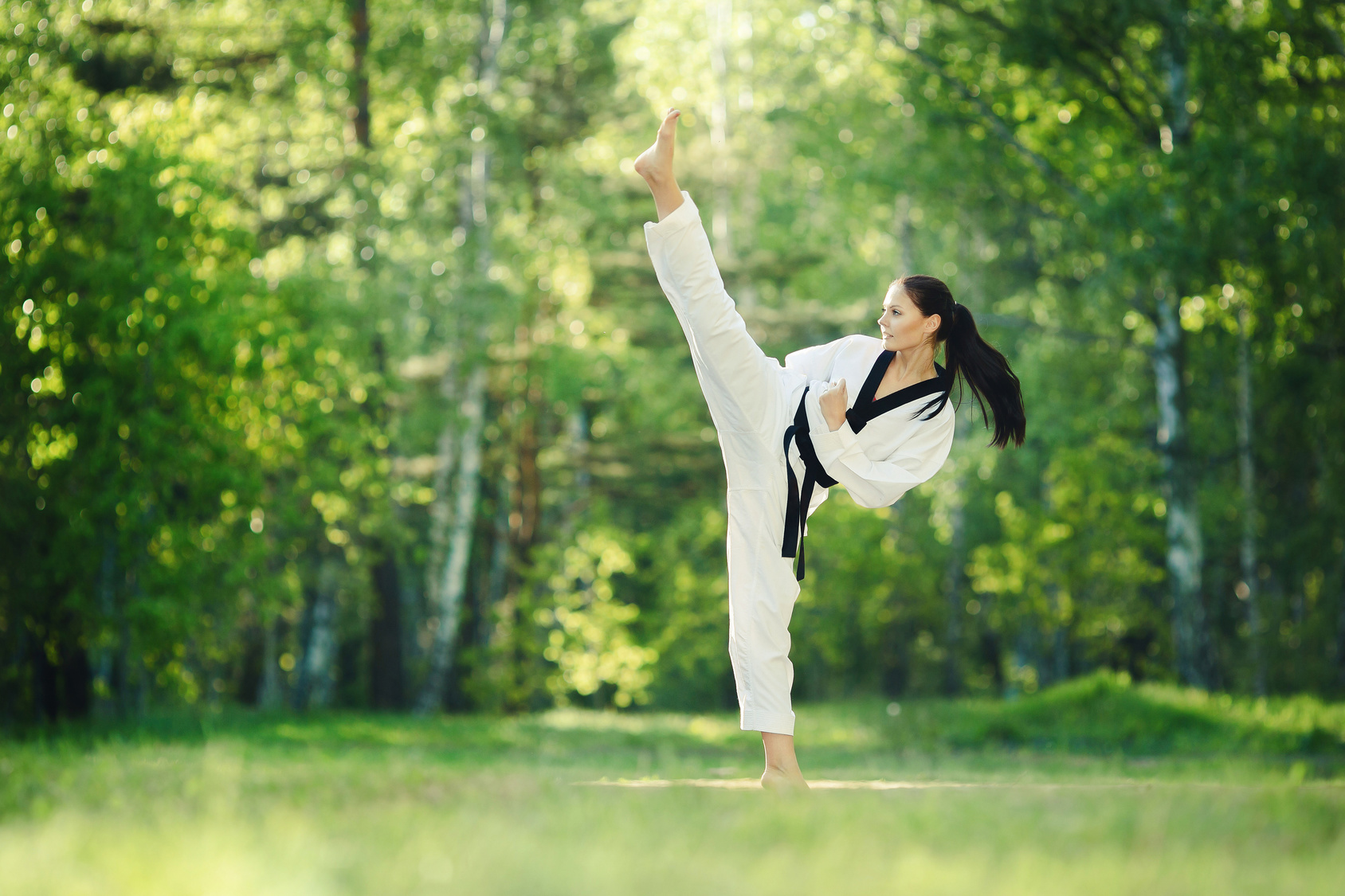
- Consistency is Key: Regular practice is essential for mastering any martial art. Aim to train several times a week. I have encountered many individuals to do martial arts sporadically, and I have found that the one who train consistently progress far quicker than those who do not.
- Cross-Train: While focusing on one martial art is beneficial, cross-training in different disciplines can provide a well-rounded skill set. Fighting a grappler is one thing. Fighting a striker is another. But fighting someone who both strikes and grapples? That’s what we call a problem.
- Mental Preparation: Self-defense is as much mental as it is physical. Train your mind to stay calm and focused under pressure.
- Stay Safe: Always practice in a safe and controlled environment. Use protective gear when necessary and listen to your body to avoid injuries.
Conclusion
Self-defense is an essential skill in today’s world, and martial arts offer a structured and effective way to learn it. Whether you choose Krav Maga, Brazilian Jiu-Jitsu, Muay Thai, Boxing, Judo, or MMA, each discipline provides unique benefits and techniques.
Martial arts training is not just about learning to fight; it’s about building character, discipline, and resilience. By choosing the right martial art for you, you can embark on a path that enhances both your physical capabilities and mental fortitude. If you wish to continue down this path, then I suggest taking a look at our other article on Martial Arts Equipment to learn more! Let’s see just how dedicated you really are!

